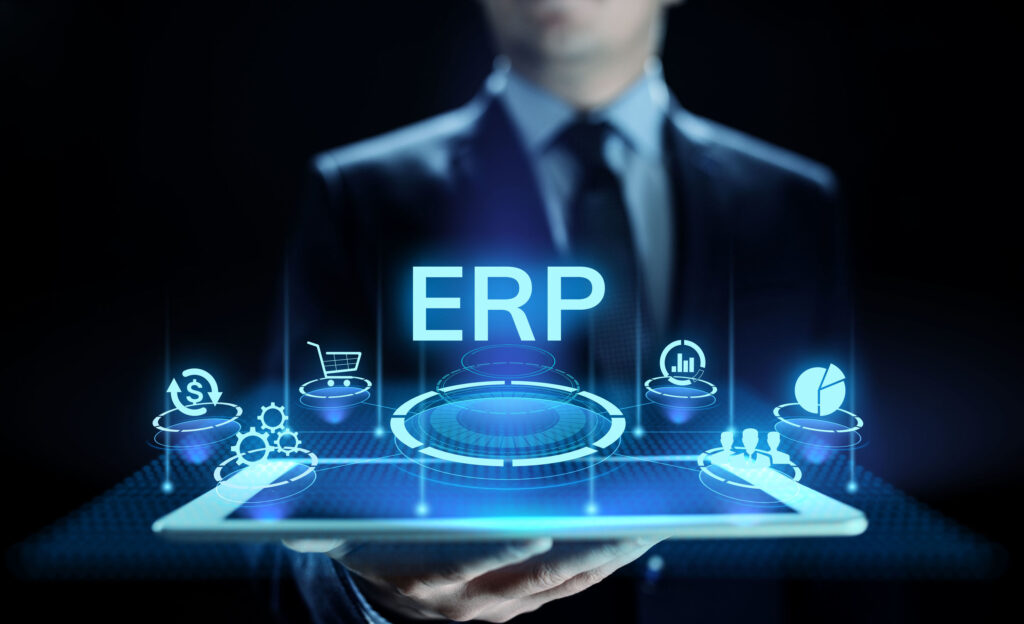Lifeline Gets Vital PPE to Healthcare Workers with Support From aACE
“We have so many moving pieces, just being able to coordinate it all together has really helped.” – Tushar Shah, Founder and President, Lifeline Medical Inc.
Lifeline Medical Inc. provides high-quality medical supplies to hospitals, clinics, and doctors, filling this need for over 25 years. They also operate Skin for Life, a separate division focused on their performance skin care line. Running two thriving product lines was demanding, but running them on a patchwork of solutions that didn’t communicate with each other was an even bigger challenge. That’s why Lifeline turned to aACE Complete in 2017 – and when the COVID-19 pandemic struck 3 years later, they were glad they did.
Challenges & aACE Solutions
Managing Communications Between Disparate Solutions
Before switching to aACE Complete, Lifeline relied on QuickBooks alongside an inventory management solution called Acctivate. The two solutions were intended to work together, but managing the data was still difficult.
“Using two different programs was cumbersome,” says Tushar Shah, Founder and President of Lifeline Medical Inc. “We had to waste time trying to figure out what the issues were every time they didn’t sync right. aACE has definitely saved time because everything’s in one system.”
As Tushar noted, aACE provides a seamless integration of sales, operations, and accounting. By putting everything into one system, Lifeline was able to reduce time spent on duplicate data entry, as well as the time lost in trying to troubleshoot communication breakdowns. Thanks to aACE’s unified approach, Tushar estimates that Lifeline has seen time savings of 10 to 15%.
Two Divisions, One Shipping Solution
Lifeline not only wanted to handle both of their divisions in one business management solution, they also wanted to ship products from both divisions from a single shipping solution. aACE+ ShipStation made this easy.
Since 95% of their orders go through their shipping solution, a seamless integration is a must-have – and they’re very happy they found one. “ShipStation’s been really good,” says Tushar. “We are probably shipping about 300 packages a week, and we’re able to manage both divisions together in a way that works really well.” And the integration with aACE means that the staff members taking in orders, those sending out product, and those managing inventory levels are all on the same page.
Increased Visibility into Inventory
Lifeline deals with medical and skincare products, so it’s vital to be able to track inventory by lot numbers. aACE supports this critical need with comprehensive inventory management tools that offer the traceability required for such commodities.
With aACE, Lifeline can easily manage all the moving parts of their fulfillment process. aACE’s inventory engine is fully integrated with its order management, production, and shipping tools, so Lifeline’s staff members always have accurate insight into their products. And as business returns to normal, Tushar is looking forward to taking advantage of even more of aACE’s features in the near term, such as EDI and additional mobile apps.
Results
As a medical supply company, Lifeline saw the spike in demand for personal protective equipment (PPE) when the pandemic hit and knew they had to pivot. Fortunately aACE was already in place to help them supply that life-saving equipment to the healthcare workers who needed it most.
“Initially we weren’t getting many online orders, but when the PPE thing went crazy, we were getting a hundred orders or more a day,” Tushar explains. They implemented the aACE+ WooCommerce integration, which enabled them to scale their operations to meet the growing demand.
Lifeline has three separate ecommerce stores – Lifeline Medical, Skin for Life, and the newly-launched Skin for Life Canada – and aACE+ WooCommerce ensures that all of their online orders flow seamlessly into a single aACE solution.
Periodically throughout the day, aACE checks WooCommerce for any new orders that have been placed through any of Lifeline’s online storefronts. New orders are pulled into aACE’s fulfilment engine, where they are processed and pushed to ShipStation. In the warehouse, a Lifeline employee logs into ShipStation, sees the order in his queue, and packages it to be sent out. This step is the only time a member of Lifeline’s staff needs to interact with the order – otherwise, the data travels from WooCommerce to aACE to ShipStation and back automatically. Once an order is shipped, aACE automatically updates the WooCommerce storefront with tracking information from ShipStation so customers always know when to expect their products.
“It was crazy,” Tushar says, recounting the early days of the pandemic when Lifeline realized they needed to ramp up their PPE production. “But it went well once we got the aACE+ WooCommerce integration up and running. It ended up being really good.”
Since 2017, Lifeline has leveraged aACE Complete’s comprehensive out-of-the-box feature set to increase their business’ productivity – including integrations with best-of-breed solutions. With aACE acting as their company’s central nervous system, Lifeline can rest assured that their business is as healthy as their products.
Interested in learning how aACE can help you scale your business? Contact us today to be matched with an aACE Partner.










